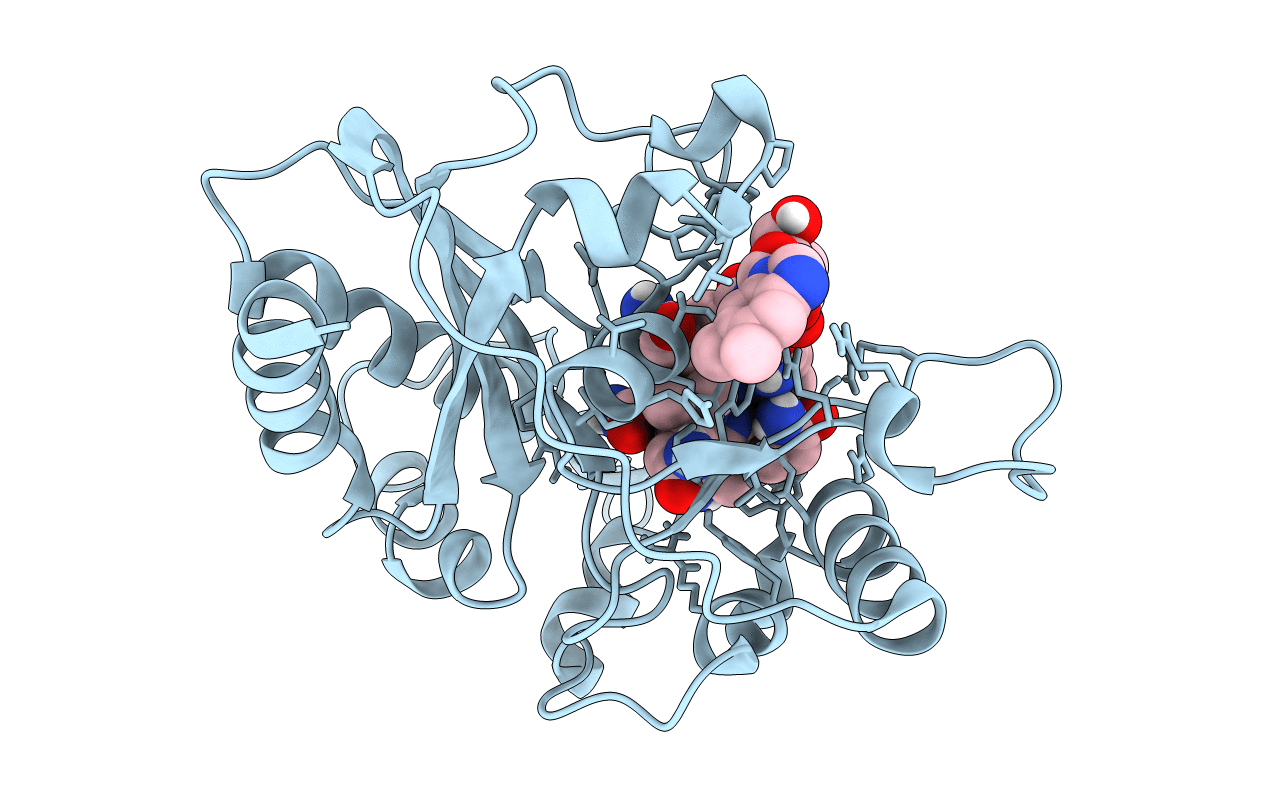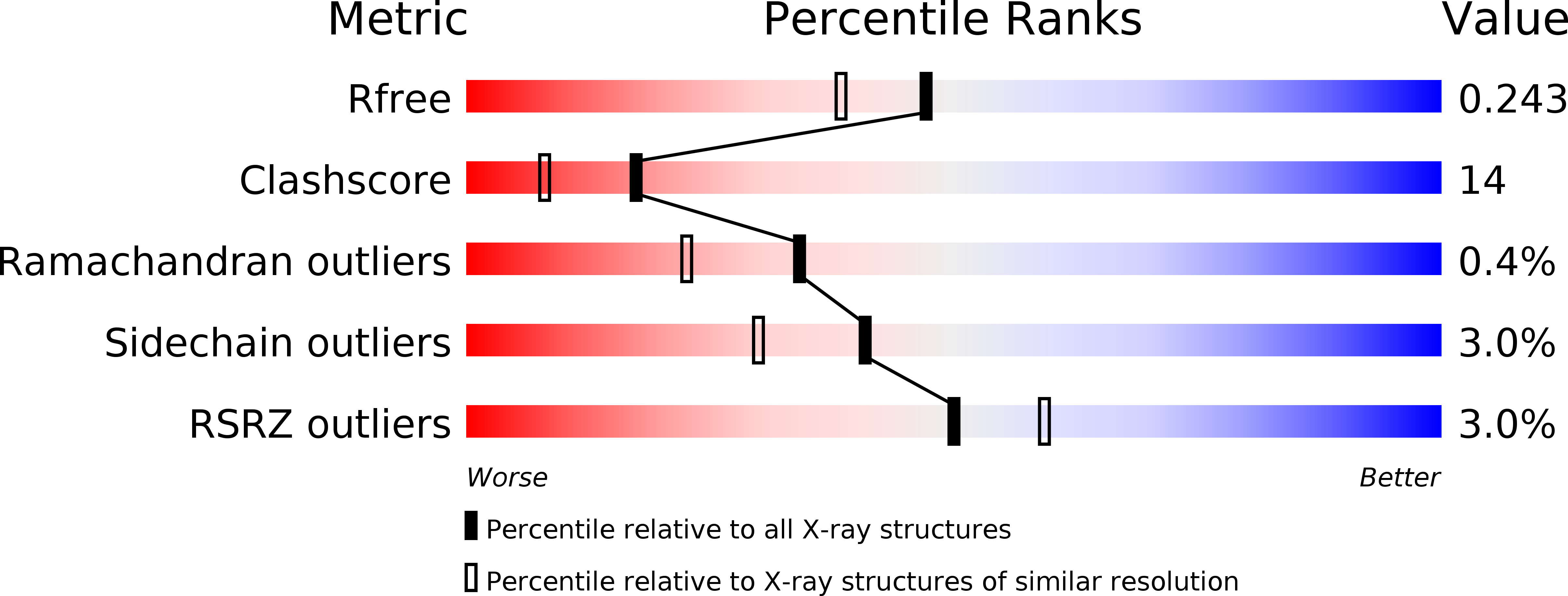
Deposition Date
2011-06-06
Release Date
2011-06-22
Last Version Date
2023-09-13
Entry Detail
PDB ID:
3SC0
Keywords:
Title:
Crystal Structure of MMACHC (1-238), a human B12 processing enzyme, complexed with MethylCobalamin
Biological Source:
Source Organism:
Homo sapiens (Taxon ID: 9606)
Host Organism:
Method Details:
Experimental Method:
Resolution:
1.95 Å
R-Value Free:
0.24
R-Value Work:
0.18
R-Value Observed:
0.18
Space Group:
P 62 2 2


